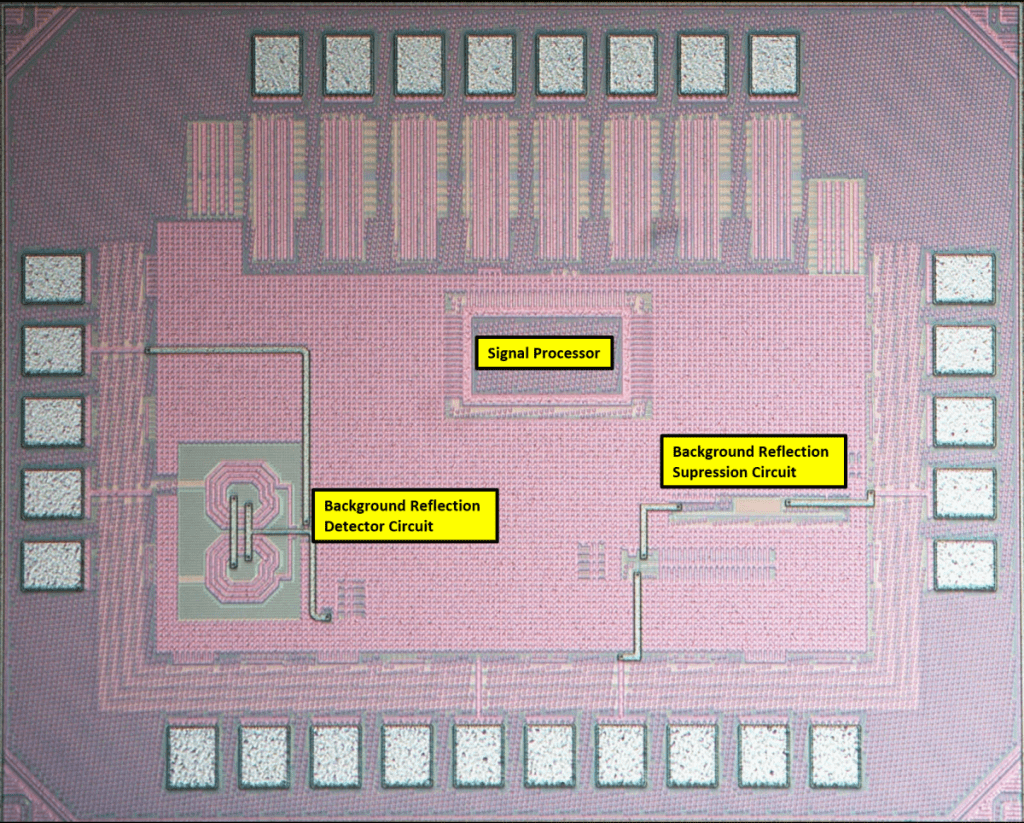Nearly all communication devices today, whether we’re speaking of smartphones, tablets or notebooks, rely on WiFi signal to connect to the internet and transmit data. With the rise of the Internet of Things, WiFi will become even more ubiquitous. However, enabling an active WiFi connection also eats up a lot of power. When I have WiFi on, my smartphone goes dead in under 24 hours, compared to 48 or more otherwise. In fact, according to a report, the routers that keep us constantly connected to the Internet – now in nearly 90 million American homes – uses about $1 billion worth of electricity annually. But in a bid to cut WiFi power waste in space, NASA might inadvertently change this situation forever.

The microchip for wearable devices developed by researchers at JPL and UCLA reflects wireless signals instead of using regular transmitters and receivers. Credit: JPL-Caltech/UCLA
A NASA engineer, Adrian Tang, closely working with UCLA professor M.C. Frank Chang, developed a new WiFi chip that allegedly uses 100 times less energy. The point was to develop a new technology that might save energy on the International Space Station, but in doing so the chip could also save power in mobile devices across the world.
To communicate over WiFi, your mobile device sends a signal to the router, which the router decodes and sends a new signal back to be read by the smartphone. This back and forth dance costs a lot of power. The chip developed by Tang reflects a constant signal sent by a specialized router, instead of generating a new signal. All the data is embedded in the reflected signal, so essentially all the heavy lifting is done by the router – not the receiving device.
Despite saving a lot of power, the data transmission isn’t that much affected. In test runs, the researchers managed to transfer data at speeds of 330 megabits per second which is actually a lot more than most consumer routers. My own home router only works at 100 Mbs/second, for instance.
“You can send a video in a couple of seconds, but you don’t consume the energy of the wearable device. The transmitter externally is expending energy – not the watch or other wearable,” Chang said.
The biggest challenge was to isolate the reflected signal, given WiFi bounces off all the surfaces in a room.
“When you send a signal to the room, the whole room reflects back to you,” Tang said. “So you need to figure out what’s coming from the wearable and what’s coming from the background and get rid of the background.”
The challenge was handled by the specialized router that is able to discern what new data is being sent via the reflected signals. Both NASA and UCLA are now closely working together to find a partner that could turn the new technology into a commercial system.
story via JPL









